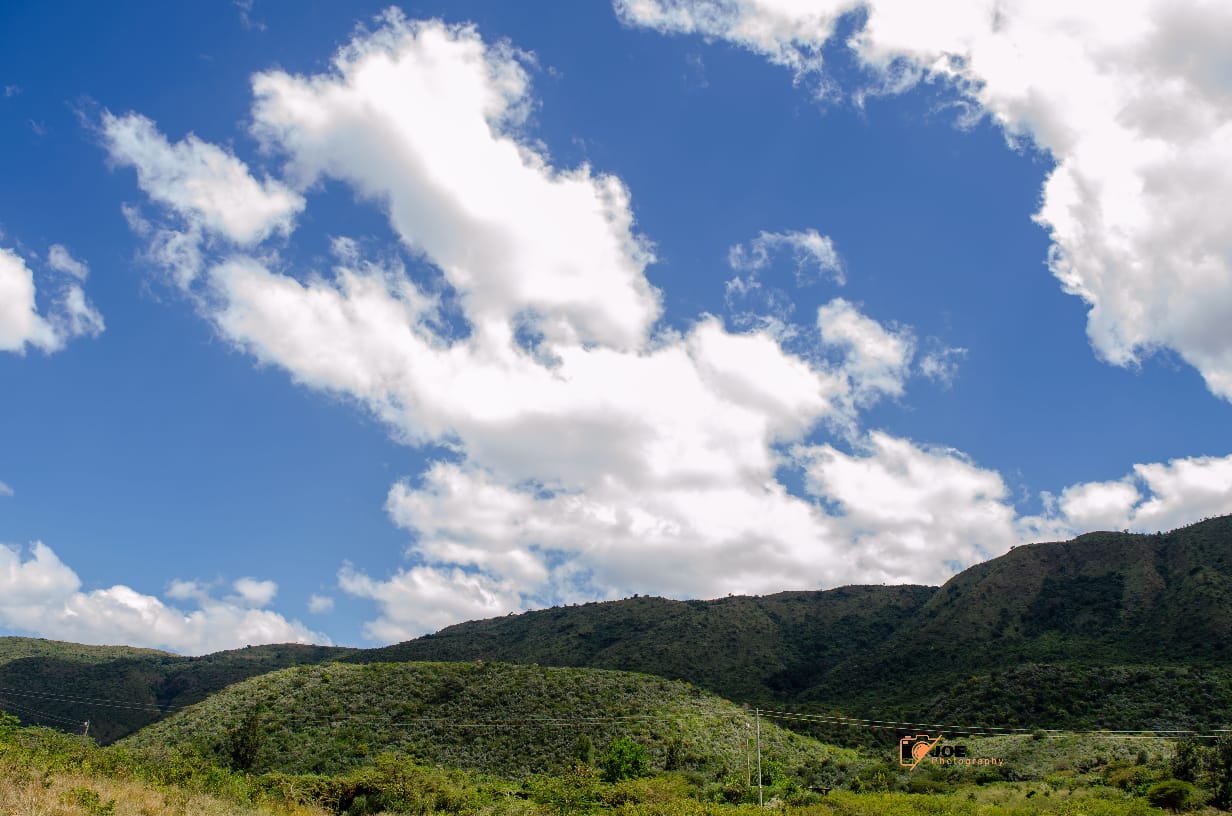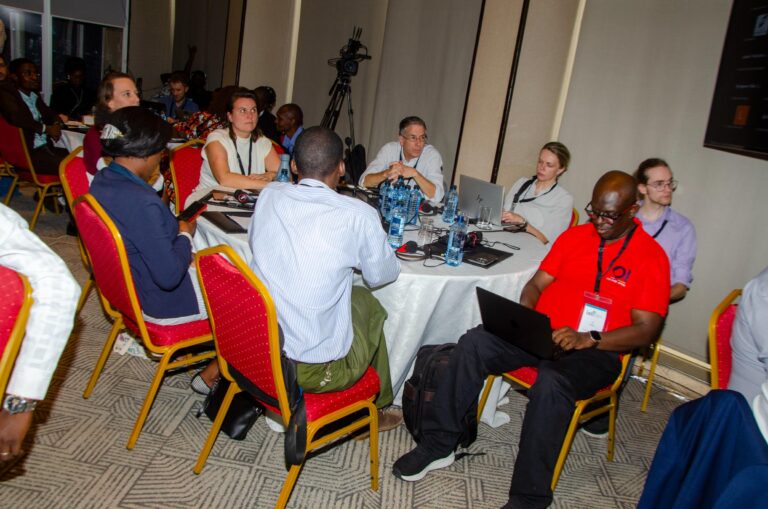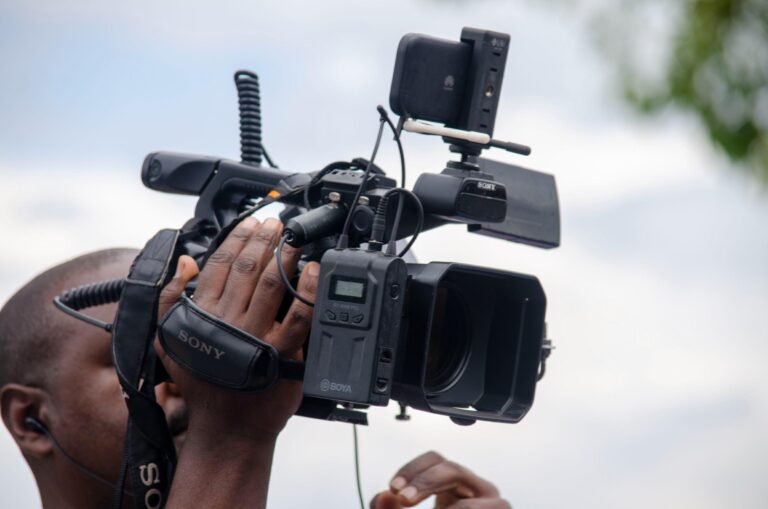Kenya, a country celebrated for its breathtaking landscapes, diverse wildlife, and vibrant culture, offers endless opportunities for eco-photography. At Joe Photography, we specialize in using our cameras as tools for conservation, highlighting the importance of protecting our environment while delivering awe-inspiring visuals.
Eco-photography is more than just an art form—it is a call to action. Through powerful imagery, photographers showcase the beauty of our planet and the challenges it faces, inspiring communities, policymakers, and individuals to embrace conservation efforts. In Kenya, where nature plays a crucial role in tourism and local livelihoods, eco-photography serves as a vital tool for promoting sustainable development.
Table of Contents
Eco-Photography in Kenya: A Rich Canvas
Kenya’s diverse ecosystems provide a perfect canvas for eco-photography. From the golden savannahs of the Maasai Mara to the lush forests of Aberdare, every corner of the country holds unique natural treasures.
Main Eco-Photographic Destinations in Kenya
- Maasai Mara: Known for its spectacular wildebeest migration, it’s a haven for wildlife photographers.
- Amboseli National Park: Offers iconic views of Mount Kilimanjaro alongside elephants roaming freely.
- Lake Nakuru: Famous for its pink flamingos and picturesque landscapes.
- Tsavo National Parks: Home to Kenya’s famed “red elephants” and dramatic terrain.
- Mount Kenya: A UNESCO World Heritage Site and a biodiversity hotspot.
Kenya’s towns also contribute to eco-photography efforts
- Nairobi: The bustling capital city is a gateway to urban conservation stories, like Nairobi National Park.
- Mombasa: Coastal photography featuring mangroves, coral reefs, and ocean conservation efforts.
- Eldoret: Known for agricultural landscapes and community-led conservation projects.
- Nakuru: Famed for its proximity to Lake Nakuru and wildlife sanctuaries.
- Kisumu: A focal point for wetland conservation around Lake Victoria.
🏞️ Ready to Conquer New Heights? 🏔️
🚀 Join Joe Photography and Safaris for thrilling hiking adventures across Kenya! Meet new friends, explore breathtaking trails, and create unforgettable memories. 🌿✨
🎒 Join Our Hiking WhatsApp Group 🚀Hikes. Adventures. Friendships. Memories. 🌍
The Role of Eco-Photography in Conservation
Eco-photography is a visual medium with a purpose: to advocate for environmental preservation. It bridges the gap between distant audiences and the ecological challenges faced in Kenya and beyond.
Raising Awareness
Eco-photographers document endangered species, shrinking habitats, and the effects of climate change. Their work sparks conversations about environmental stewardship. For instance, images of Lake Turkana’s drying waters have highlighted the urgency of addressing climate change in northern Kenya.
Promoting Sustainable Tourism
By showcasing Kenya’s natural beauty responsibly, eco-photography encourages sustainable tourism practices. Tourists are drawn to protected areas, which in turn generate funds for conservation while minimizing human impact.
Inspiring Policy Change
Visual storytelling has the power to influence decision-makers. A single photograph of deforestation in Mau Forest can prompt discussions on afforestation programs and community involvement in reforestation efforts.
Joe Photography: Kenya’s Eco-Photography Experts
At Joe Photography, we embrace eco-photography as a core philosophy, blending art with environmental advocacy. Our approach combines technical expertise with a deep commitment to eco-conservation.
Our Initiatives:
Conservation Partnerships
We collaborate with organizations such as the Kenya Wildlife Service and local community groups to document conservation efforts. Our imagery amplifies their messages, helping them reach a broader audience.
Minimal Impact Practices
During photoshoots, we adopt sustainable practices, such as using eco-friendly transportation, avoiding disruptions to wildlife, and leaving no trace behind.
Community Engagement
We work closely with local communities to tell their stories of resilience and conservation, ensuring they are at the forefront of the narrative.
Benefits of Hiring Joe Photography for Eco-Photography
As a leading eco-photographer in Kenya, Joe Photography offers unparalleled expertise:
1. Ethical Practices
We adhere to strict guidelines to ensure our work respects both wildlife and local communities. This includes maintaining a safe distance from animals and seeking consent when photographing people.
2. High-Quality Visuals
Our team uses state-of-the-art equipment to capture Kenya’s landscapes and wildlife in stunning detail. From close-up shots of rare species to panoramic views of natural wonders, we deliver images that captivate and inspire.
3. Educational Focus
Through workshops and talks, we educate aspiring photographers and conservation enthusiasts about the principles of eco-photography.
4. Advocacy Through Imagery
Our photos serve as powerful tools for raising awareness about pressing environmental issues, from poaching to climate change.
Tips for Aspiring Eco-Photographers in Kenya
Eco-photography requires a combination of technical skills and environmental awareness. Here are some tips for beginners:
1. Research Your Subject
Understand the behavior of the animals you’re photographing or the environmental issues you want to highlight. This helps you anticipate moments and tell compelling stories.
2. Practice Patience
Nature doesn’t operate on a schedule. Be prepared to wait for the perfect shot, whether it’s a lion hunting in Maasai Mara or a sunset over Lake Naivasha.
3. Use the Right Equipment
Invest in a good camera, lenses suited for wildlife or landscapes, and accessories like tripods. Opt for gear that can withstand Kenya’s diverse climates.
4. Respect Nature
Avoid disturbing animals or damaging habitats. Remember, your role is to observe and document, not interfere.
5. Collaborate with Local Communities
Engage with local guides and communities to gain insights and access to unique locations. Their knowledge can enrich your photography.
Challenges in Eco-Photography and How to Overcome Them
Eco-photography is not without its challenges. From harsh weather conditions to ethical dilemmas, photographers must navigate various obstacles.
Unpredictable Weather
Kenya’s weather can change rapidly, especially in highland areas like Mount Kenya. Always carry weather-resistant gear and plan for contingencies.
Limited Accessibility
Remote areas like Samburu or Turkana can be challenging to access. Partnering with experienced tour operators or conservation groups can ease logistics.
Balancing Art and Ethics
It’s tempting to prioritize dramatic shots, but photographers must avoid compromising the well-being of their subjects. Always adhere to ethical guidelines.
The Future of Eco-Photography in Kenya
As Kenya faces environmental challenges such as deforestation, poaching, and climate change, the role of eco-photography is more critical than ever.
Embracing Technology
Technological advancements like drones and high-resolution cameras are revolutionizing eco-photography. They enable photographers to capture unique perspectives and document large-scale environmental changes.
Strengthening Conservation Efforts
Eco-photographers can play a key role in mobilizing support for conservation projects, from reforestation initiatives to anti-poaching campaigns.
Expanding Public Awareness
Through social media and exhibitions, photographers can reach global audiences, making eco-photography a powerful tool for advocacy.
Storytelling Through Eco-Photography
Eco-photography goes beyond capturing visually stunning images; it’s about telling compelling stories of nature, wildlife, and the environment. In a world where environmental challenges are escalating, storytelling through eco-photography has become a vital tool for raising awareness, inspiring action, and promoting conservation.
The Power of Storytelling in Photography
Stories have a unique ability to connect with people on an emotional level. They turn facts into experiences, transforming abstract concepts like climate change or biodiversity loss into relatable narratives. When combined with eco-photography, storytelling can amplify the urgency of environmental issues while celebrating the beauty of the natural world.
Why Storytelling Matters in Eco-Photography
- Creating Emotional Connections: Stories evoke empathy and encourage viewers to care about environmental issues.
- Promoting Conservation: Visual narratives highlight the importance of protecting ecosystems and endangered species.
- Encouraging Action: A well-told story can inspire individuals to adopt sustainable practices, donate to conservation causes, or participate in environmental campaigns.
Elements of Storytelling in Eco-Photography
To effectively tell a story through eco-photography, certain elements must be carefully considered:
1. The Subject
Every story starts with a subject. In eco-photography, this could be a wild animal, a natural landscape, or a human-community interaction with the environment.
- Wildlife: Documenting the life of an elephant in Amboseli National Park can tell a story of resilience in the face of habitat loss.
- Landscapes: A photograph of the shrinking glaciers on Mount Kenya narrates the tale of climate change.
- Communities: Images of local communities engaging in reforestation projects emphasize the role of humans in conservation.
2. The Setting
The environment in which the subject exists adds depth to the story. It contextualizes the challenges or triumphs being portrayed.
For example:
- The rolling savannahs of the Maasai Mara frame the life of predators and prey, telling stories of survival and balance.
- The dried-up riverbeds in northern Kenya speak of water scarcity and its impact on local wildlife and communities.
3. The Emotion
Emotion is the heart of storytelling. A photograph of an orphaned rhino or a polluted river stirs feelings of loss and urgency, while an image of a rehabilitated forest brings hope and inspiration.
4. The Message
Every eco-photograph should convey a clear message. Is it a call to action, a celebration of nature, or a warning about environmental degradation? The message guides how viewers perceive and respond to the story.
Techniques for Storytelling in Eco-Photography
Creating impactful visual stories requires a blend of technical expertise and creative vision:
1. Composition
The arrangement of elements within a frame can dramatically affect how a story is perceived. Techniques like leading lines, rule of thirds, and framing direct attention to the subject and enhance the narrative.
2. Lighting
Natural light plays a crucial role in setting the mood of a photograph. Golden hour lighting can evoke warmth and serenity, while harsh midday light may highlight struggle and intensity.
3. Perspective
Unusual angles and perspectives can offer fresh views of familiar subjects. For instance, a drone shot of deforestation shows the scale of environmental destruction from above, while a low-angle shot of a tree emphasizes its grandeur.
4. Sequential Narratives
A single photograph can tell a story, but a sequence of images often provides a more comprehensive narrative. For example, a series might show the lifecycle of a butterfly or the transformation of a degraded landscape into a thriving ecosystem.
The Role of Joe Photography in Storytelling
At Joe Photography, we are passionate about using our craft to tell the stories of Kenya’s natural heritage. Our eco-photography projects are designed not just to document but also to inspire change.
Our Focus Areas:
- Wildlife Conservation: Capturing the lives of Kenya’s iconic species, from lions to flamingos, and raising awareness about the threats they face.
- Community Stories: Highlighting the efforts of local communities in conservation initiatives such as tree planting and wildlife rehabilitation.
- Environmental Advocacy: Documenting the effects of climate change, deforestation, and pollution to foster global understanding and action.
The Impact of Storytelling Through Eco-Photography
Changing Perspectives
Storytelling allows eco-photographers to reshape perceptions about nature. By showcasing the beauty and vulnerability of the environment, they challenge viewers to rethink their relationship with the planet.
Empowering Communities
When photographers focus on the positive actions of local communities, it empowers those communities and encourages others to follow suit.
Supporting Conservation Efforts
Eco-photographs are often used in campaigns and exhibitions to raise funds and support for conservation programs. For example, images of Amboseli’s elephants have helped generate international support for anti-poaching efforts.
Challenges in Storytelling Through Eco-Photography
While powerful, storytelling in eco-photography comes with its challenges:
- Ethical Dilemmas: Photographers must avoid exploiting subjects or sensationalizing issues.
- Accessibility: Remote locations and harsh environments can make storytelling logistically difficult.
- Balancing Art and Advocacy: Striking a balance between creative expression and factual representation is essential but challenging.
Why Choose Joe Photography for Eco-Storytelling
Joe Photography is committed to eco-conservation and ethical practices. By blending technical expertise with a deep love for nature, we create stories that resonate with audiences worldwide.
Our Strengths:
- Experience: Years of working in Kenya’s most iconic ecosystems.
- Ethics: Respecting wildlife, habitats, and local cultures.
- Impact: Using our work to support conservation and community development initiatives.
How to Help Us in Environment Conservation
At Joe Photography, we believe that everyone has a role to play in protecting our environment. Conservation isn’t just about big actions; small, consistent efforts can make a significant impact. Here’s how you can help us in our mission to conserve the environment:
1. Support Eco-Friendly Practices
Adopt sustainable habits such as reducing plastic usage, recycling, and conserving water. These everyday actions contribute to a healthier planet.
2. Participate in Community Projects
Join local tree-planting initiatives or cleanup drives. Together, we can restore ecosystems and create a greener future for generations to come.
3. Advocate for Conservation
Spread awareness about environmental issues. Share our eco-photography stories and engage in conversations that inspire others to take action.
4. Choose Sustainable Photography Services
By hiring us for your photography needs, you support a company dedicated to eco-conservation. A portion of our proceeds goes to environmental protection projects.
5. Volunteer or Donate
Contribute your time, resources, or donations to conservation organizations and projects. Every little bit helps in preserving the natural world.
Together, we can make a difference. Join us in protecting Kenya’s rich biodiversity and ensuring a sustainable future for all.
FAQs
What is eco-photography, and how does it differ from regular photography?
Eco-photography focuses on capturing nature while promoting environmental conservation. Unlike regular photography, it emphasizes sustainability by minimizing environmental impact during shoots and raising awareness about ecological issues.
What kind of events or projects are suitable for eco-photography?
Eco-photography is ideal for nature documentaries, wildlife safaris, eco-tourism projects, environmental campaigns, and events promoting sustainability. It’s also great for showcasing eco-friendly initiatives and landscapes.
How does Joe Photography ensure eco-friendly practices during shoots?
We minimize waste, avoid disturbing wildlife, and use sustainable materials whenever possible. Additionally, a portion of our earnings is dedicated to supporting environmental conservation initiatives in Kenya.
Can I hire an eco-photographer for non-nature-related events?
Yes! While our primary focus is on nature and conservation, we incorporate eco-friendly practices into all types of photography, including weddings, corporate events, and family portraits.
How can I support eco-photography in Kenya?
You can hire eco-conscious photographers like Joe Photography, share eco-photography projects to raise awareness, and participate in environmental conservation efforts. Together, we can create a positive impact on Kenya’s natural heritage.
Also Read:




